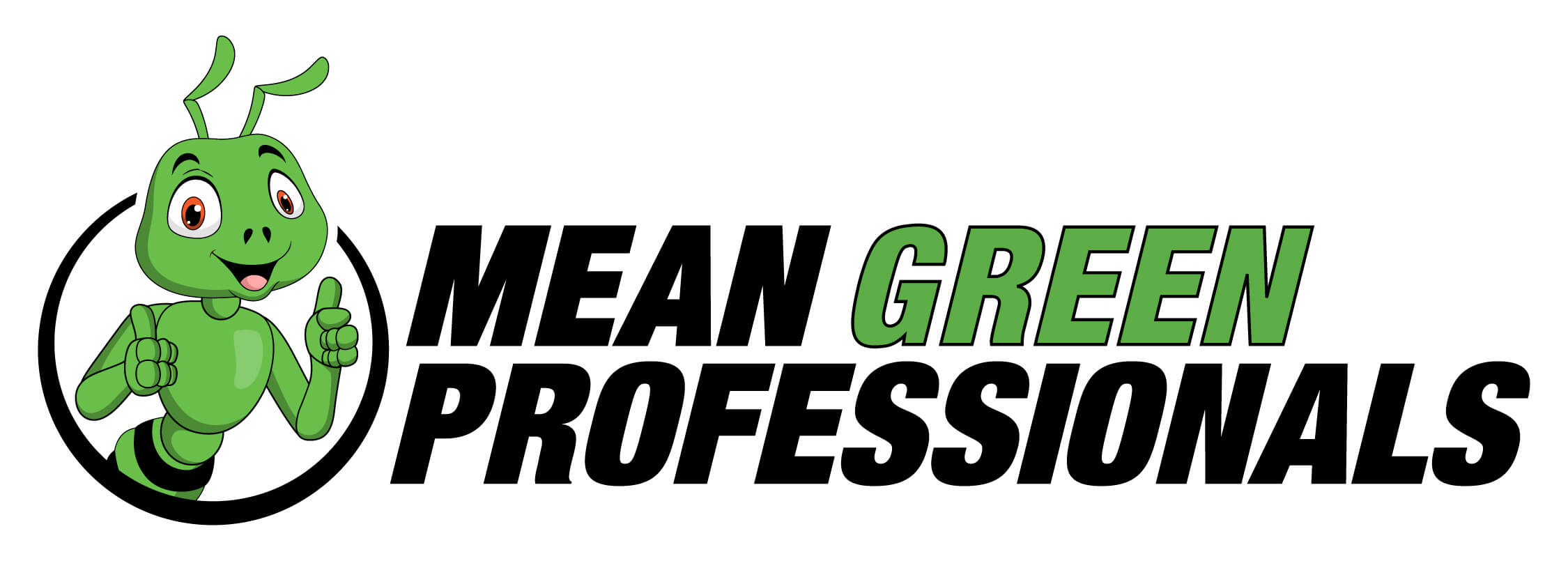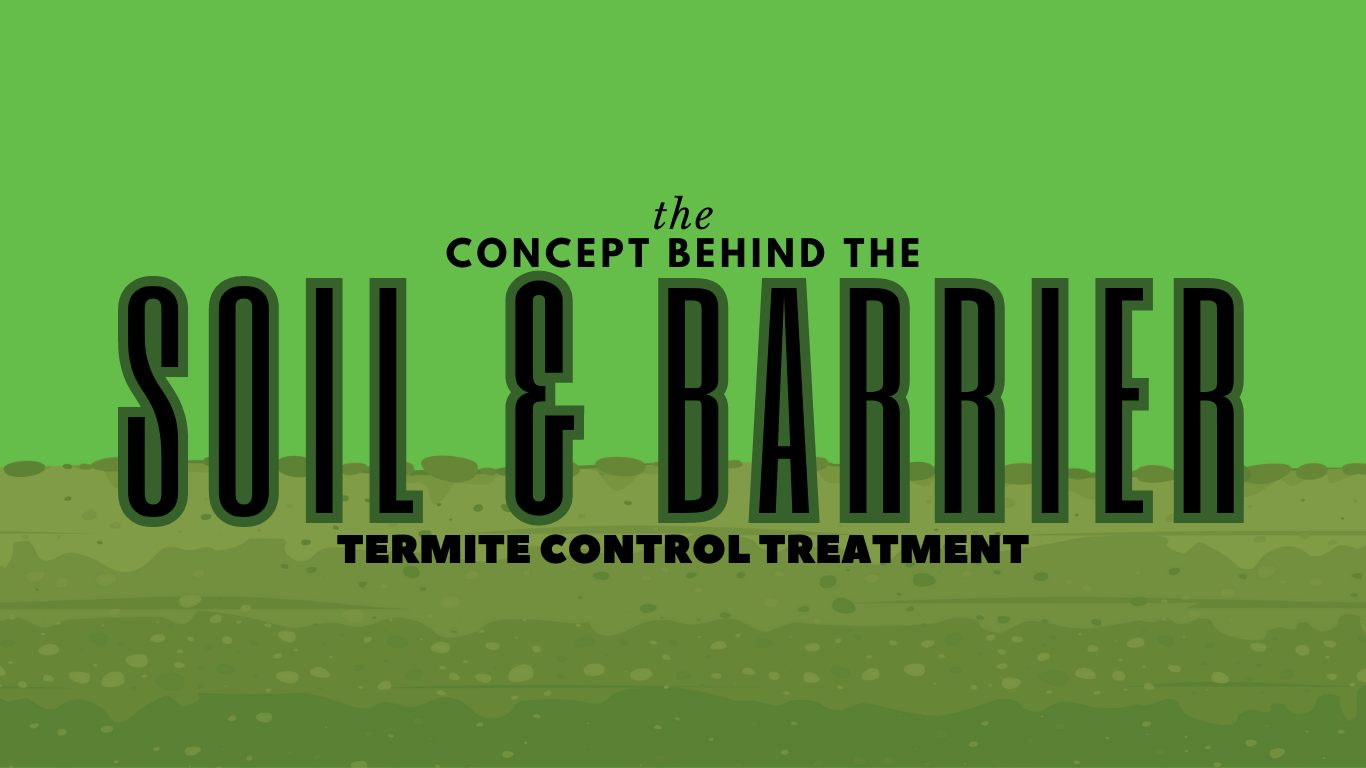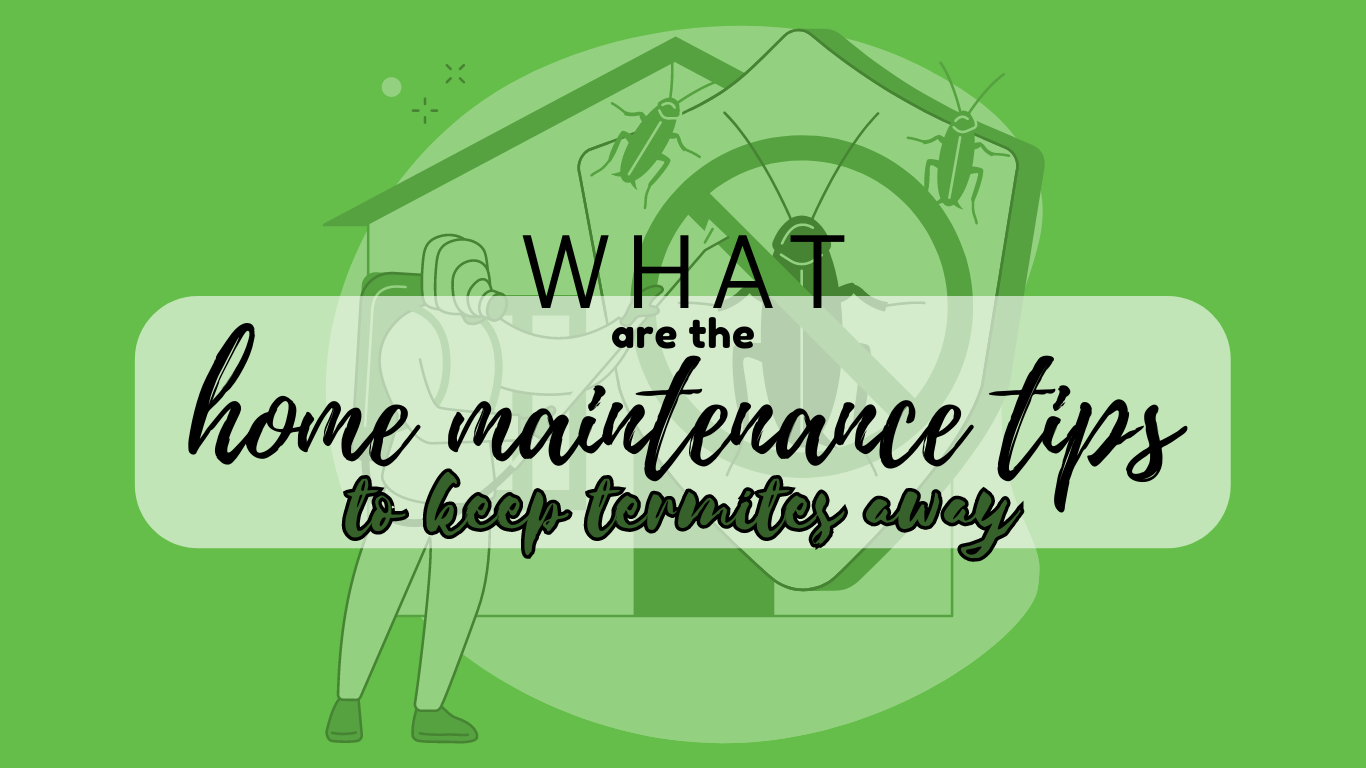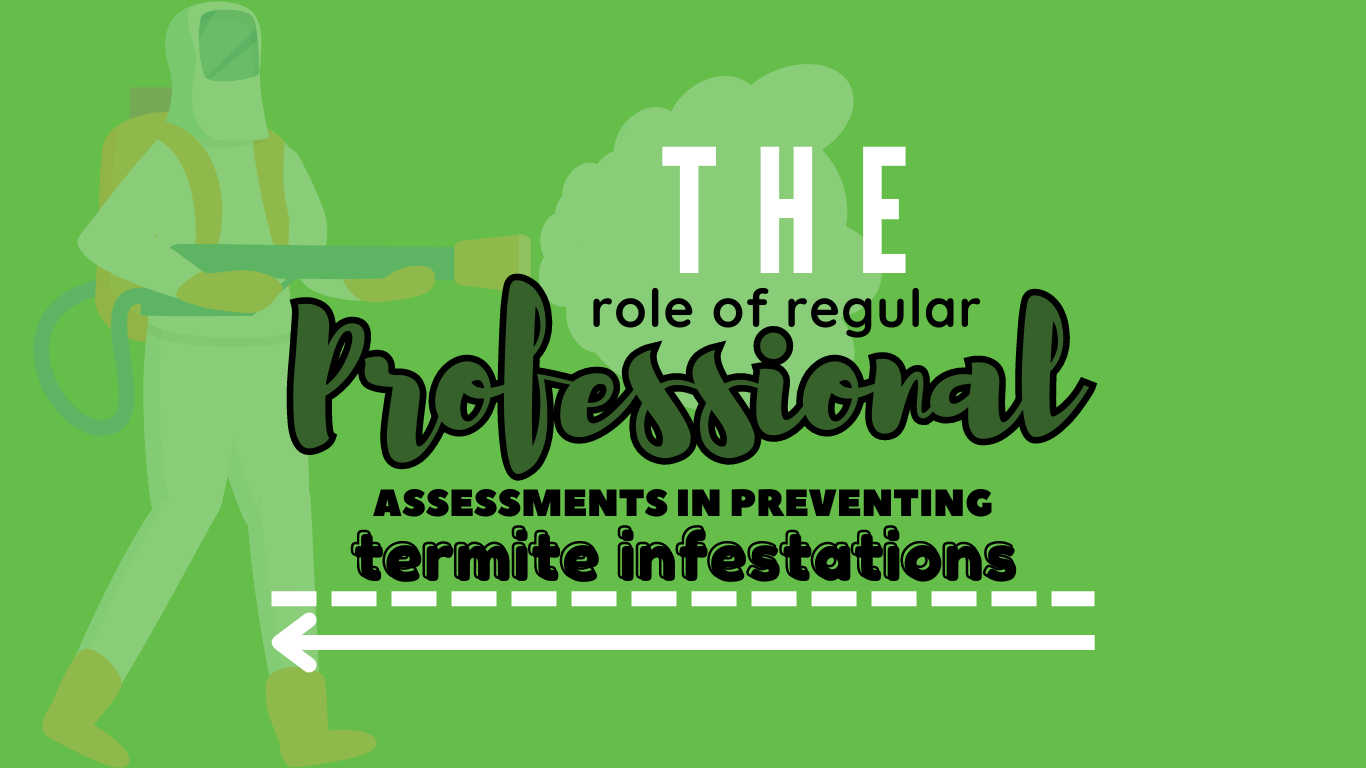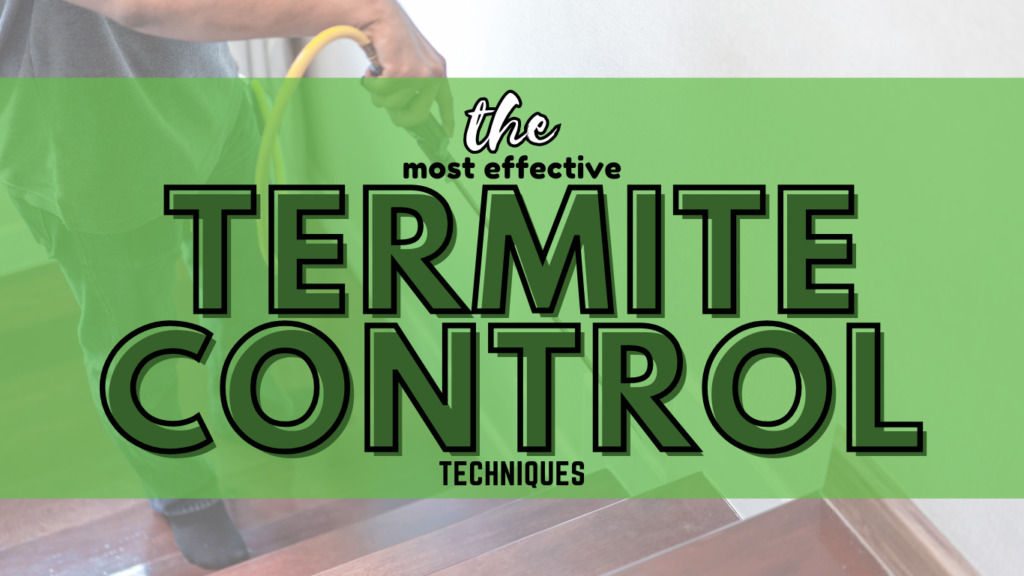
Termite control techniques are a crucial aspect of maintaining the integrity and longevity of your home in Smyrna, Tennessee.
These wood-eating pests can cause significant damage if left unchecked, making it essential to understand various methods for their eradication.
This blog post will delve into termite control techniques by going over soil and barrier treatments, explaining how these methods work, and guiding you in choosing the right termiticide.
We’ll also explore baiting systems for termite eradication, highlighting their operation and advantages.
In severe cases where infestation has escalated beyond control, fumigation may be necessary. We’ll help you understand when this drastic measure is needed and how to prepare your home for it.
Additionally, we will discuss preventative measures such as identifying potential entry points for termites and regular maintenance practices.
Furthermore, we’ll explain why keeping a safe distance between the soil level & wooden parts is important in preventing termite infestations.
Wood treatment techniques against termites will also be covered, along with emphasizing the importance of regular assessments by professionals as part of effective termite control techniques.
Table Of Contents:
- Termite Control: Soil and Barrier Treatments
- Using Termite Baiting Systems for Eco-Friendly Eradication
- Fumigation: The Last Resort for Severe Termite Infestations
- Home Maintenance Tips to Keep Termites Away
- Keeping Termites Away from Your Home
- Effective Wood Treatment Techniques Against Termites
- Regular Assessments: Keeping Termites at Bay
- FAQs in Relation to Termite Control Techniques
- What are some common signs of a termite infestation?
- Are there any natural or DIY methods to control termites?
- How do professionals treat termite infestations?
- How long does termite treatment take?
- Are termite control treatments safe for humans and pets?
- How often should termite inspections be conducted?
- Can termite control be guaranteed?
- Can I remove termites on my own without professional help?
- What preventive measures can I take to avoid termite infestations?
- How much does termite control cost?
- The most effective way to prevent termites is through professional soil and barrier treatments, regular home maintenance, and periodic assessments by pest control experts.
Termite Control: Soil and Barrier Treatments
To protect your abode from termite infestation, consider soil and barrier treatments.
Soil and barrier treatments are the way to go.
This method involves creating a chemical shield around your home’s exterior, which stops termites in their tracks.
It’s one of the most effective termite treatments out there.
The Process of Soil and Barrier Treatment
First, we dig a trench around your home’s perimeter and fill it with a potent termiticide.
This not only kills existing colonies but also prevents new ones from forming.
By treating this ‘border’ area, we can effectively keep these destructive pests at bay.
Choosing the Right Termiticide
There are various types of termiticides available, each with unique properties suitable for different circumstances.
At Mean Green Pest Pros, we use organic ingredients with natural insect-repelling properties instead of dangerous chemical insecticides like pyrethrum.
We prioritize eco-friendly solutions without compromising effectiveness when dealing with pest problems, including termite infestation.
Don’t let termites take over your home.
Contact us today to schedule a soil and barrier treatment.
Using Termite Baiting Systems for Eco-Friendly Eradication
Protect your home from termites with baiting systems.
These lure termites with an irresistible treat – a slow-acting non-repellent chemical that is deadly to these pests.
How do baiting systems work?
Bait stations are installed in the ground around your property, near areas where termite activity has been detected.
The bait inside these stations contains cellulose (a component of wood) combined with a slow-acting insecticide.
When worker termites find this attractive food source, they carry it back to their colony, where it’s shared among other members, including the queen and soldiers.
The beauty of this method lies in its subtlety; because the poison acts slowly, termites don’t die immediately upon consuming it.
Instead, they continue their normal activities, unaware that they’re spreading death throughout their entire colony.
Over time, this can lead to the complete eradication of even large colonies without causing any harm or disruption to humans and pets living on-premises due to their eco-friendly nature.
Advantages of using baiting systems
- Eco-Friendly: Our baits contain organic ingredients that pose a minimal risk to beneficial insects and wildlife while being lethal for targeted pests like termites.
- Safety: Unlike traditional methods, which involve spraying chemicals around your home or drilling holes into walls, bait stations present no such hazards making them a safe option for households with kids and pets.
- Precision: Baiting systems target only those pests feeding off baits, reducing the chances of collateral damage caused by the indiscriminate application of pesticides.
Don’t let termites destroy your home. Try our eco-friendly baiting systems today.
Fumigation: The Last Resort for Severe Termite Infestations
When the termite issue becomes too much to handle, it’s time to take decisive steps.
But when the infestation reaches severe levels, it’s time to bring out the big guns – fumigation.
This process involves introducing sulfuryl fluoride gas (Vikane) to exterminate all residing termites.
When Is Fumigation Necessary?
Fumigation is a serious step that should only be taken when other methods have failed.
A professional pest control service like Mean Green Pest Pros can assess your situation and recommend whether this course of action is appropriate.
Signs that might indicate the need for fumigation include:
- Persistent sightings of winged termites inside your home even after treatment.
- Evidence of extensive damage to wooden structures within your property.
- The presence of multiple colonies around your house.
Preparing Your Home For Fumigation
If you’ve decided on fumigating your home, there are several steps you’ll need to take:
- Relocate temporarily: You will need somewhere else to stay during the duration of the treatment since it’s unsafe for humans and pets alike.
- Pack up food items: All consumables must be properly sealed or removed from the premises because they could become contaminated by pesticides used during the process.
- Cover sensitive electronics: Sensitive electronic devices should also be covered or removed as these could potentially get damaged from exposure.
Don’t let termites destroy your home. Stay vigilant and take action when necessary to protect your investment.
If all other methods have been exhausted, fumigation may be the best solution to prevent termite damage.
Home Maintenance Tips to Keep Termites Away
Preventing termite infestation is cheaper than termite treatments.
Regular home maintenance practices can help keep these destructive pests at bay.
Here are some essential steps to protect your home:
Identify Entry Points
Termites can exploit even the smallest cracks in your building structure.
Pay attention to areas where wood comes into contact with soil, foundation cracks, utility lines, pipes, attic vents, and crawl spaces.
Seal off any vulnerabilities promptly using caulk or steel wool.
Maintain Good Hygiene
- Fix Leaks: Termites are attracted to damp conditions. Fix leaking faucets or water pipes promptly.
- Clean Your Yard: A cluttered yard with piles of firewood stacked close to walls or tree stumps left unattended serves as the perfect breeding ground for these pests.
- Treat Wood Surfaces: Applying treatments onto wooden surfaces exposed outdoors, especially those coming directly into contact with soils, could prove beneficial in deterring them due to their inherent repellency properties.
All these measures combined form a comprehensive strategy aimed at eliminating current populations and ensuring the prevention of future invasions.
Maintain proper cleanliness standards at all times and remain vigilant for possible signs of trouble ahead.
A proactive approach always pays off in the end.
Keeping Termites Away from Your Home
Preventing termite infestations is no joke.
These pests can cause serious damage to your home, and termite treatments can be costly.
Here are some practical tips to keep termites away:
Maintain a Safe Distance
Termites love damp environments and wood materials.
By keeping an 18-inch gap between the soil and wooden parts of your home, you can significantly reduce the chances of attracting termites.
Watch Out for Dampness
Moisture from the soil provides an ideal environment for termites to thrive. Reduce excess moisture around your property to prevent termite infestations.
Practical Tips
- Landscape wisely: Keep plants and mulch at least 18 inches away from your home’s siding.
- Elevate wood structures: Use concrete blocks or metal stands to elevate wooden structures like decks or porches off the ground.
- Avoid direct contact: Don’t let wood touch the ground directly unless it’s pressure-treated lumber resistant against termite attacks. Use physical barriers like steel mesh or sand barriers where applicable instead of relying solely on chemical treatments.
Protect Your Investment
Maintaining proper distance not only helps prevent termite invasions but also contributes positively towards preserving structural integrity over time, protecting your home’s overall market value.
Effective Wood Treatment Techniques Against Termites
Termites are notorious for destroying wood structures.
Luckily, there are several effective techniques to eliminate existing termite colonies and prevent new ones from forming.
Borate Treatments
Borate treatments penetrate deep into wood fibers, killing termites on contact and providing long-term protection against future infestations.
Non-repellent Treatments
Non-repellent treatments like Altriset® termiticide are highly effective at eliminating termite populations while causing minimal impact on the environment.
Insect Growth Regulators (IGRs)
IGRs disrupt normal growth processes within insects leading ultimately to their death over time, making these types of compounds very useful in controlling various pests, including termites themselves.
Surface Sprays and Coatings
Surface sprays or coatings form a protective barrier around treated surfaces which deters any attempts made by termites trying to gnaw through.
Maintaining Treated Wood Properly
- Covering exposed areas: Cover all exposed parts after treating them to ensure the longevity and effectiveness of applied solutions.
- Prompt repair & replacement: If any part becomes damaged, it needs to be replaced immediately to avoid creating opportunities for opportunistic pests.
Prevention is always better than cure, hence why regular maintenance practices play a crucial role in keeping these unwanted guests at bay throughout the year.
Regular Assessments: Keeping Termites at Bay
Termites are like those annoying relatives who never leave your house.
They keep returning, and if no action is taken, all your possessions can be ruined.
That’s why regular assessments by professionals are crucial in preventing termite infestations.
Early Detection is Key
Termites are sneaky little pests that can go unnoticed for months or even years.
But with regular inspections, professionals can detect early signs of infestation, saving you from costly repairs and preventing termites from causing further damage.
Customized Solutions for Your Home
Every home is unique, and so are the solutions to termite problems.
Professionals take into account your home’s construction, location, and environment to provide tailored solutions that work best for you.
Save Money in the Long Run
Regular assessments may seem like an unnecessary expense, but they can save you a lot of money in the long run.
By catching termite problems early, you can avoid costly repairs and keep your property value intact.
Advanced Tools for Better Results
Professionals use advanced tools and techniques to detect termites that may be hiding behind walls or under floors.
With tools like moisture meters and infrared cameras, they can detect hidden colonies without causing damage to your property.
Trust the Experts
DIY termite control may seem like a good idea, but it’s not worth the risk.
Termites are persistent pests that require professional expertise to eliminate.
Don’t take chances with your home – trust the experts to keep termites at bay.
Preemptive measures are key to avoiding the need for a cure.
Regular assessments by professionals can help you avoid termite problems and keep your home safe and sound.
FAQs in Relation to Termite Control Techniques
What are some common signs of a termite infestation?
Common signs of a termite infestation include mud tubes, discarded wings, wood damage, and hollow-sounding wood.
Are there any natural or DIY methods to control termites?
While some natural or DIY methods may help in preventing termite infestations, they are generally not effective in eliminating an existing infestation.
Professional termite control is recommended for effective eradication.
How do professionals treat termite infestations?
Professionals typically use various techniques, such as liquid termiticides, termite baits, and fumigation, to treat termite infestations.
The chosen method depends on the extent and location of the infestation.
How long does termite treatment take?
The duration of termite treatment depends on factors such as the size of the infestation, the treatment method used, and the property’s layout.
It can range from a few hours to several days.
Are termite control treatments safe for humans and pets?
Termite control treatments, when applied by licensed professionals following proper guidelines, are generally safe for humans and pets.
However, it’s important to follow any specific instructions provided by the professionals.
How often should termite inspections be conducted?
Regular termite inspections are recommended at least once a year to detect any early signs of termite activity and prevent extensive damage.
Can termite control be guaranteed?
Termite control companies may offer warranties or guarantees for their services.
It’s essential to review the terms and conditions of any guarantee or warranty provided by the service provider.
Can I remove termites on my own without professional help?
It is not advisable to attempt termite removal without professional help, as termites can be difficult to completely eliminate without specialized knowledge and equipment.
What preventive measures can I take to avoid termite infestations?
Preventive measures include keeping wood and debris away from the foundation, maintaining proper ventilation, fixing leaks, ensuring good drainage, and scheduling regular termite inspections.
How much does termite control cost?
The cost of termite control depends on factors such as the extent of the infestation, the treatment method, and the size of the property.
The average cost of termite control in Colorado Springs typically ranges from $500 to $2,500.
It is best to consult with termite control professionals for an accurate cost estimate.
The most effective way to prevent termites is through professional soil and barrier treatments, regular home maintenance, and periodic assessments by pest control experts.
The most effective termite control techniques have been revealed!
Termites are the ultimate home wreckers, but fear not, there are ways to kick them to the curb like the unwanted guests they are.
Soil and barrier treatments, baiting systems, and fumigation are all effective ways to eliminate these pesky pests, but prevention is key.
Regular maintenance practices like identifying entry points and keeping wood away from the soil can help prevent future infestations.
Don’t wait until it’s too late; regularly assess your property for signs of termites and consult with professional pest control services for effective treatment options.
Protect your home from costly damage caused by these persistent insects and show them who’s boss.
Contact Mean Green Pest Pros today to schedule an appointment!
